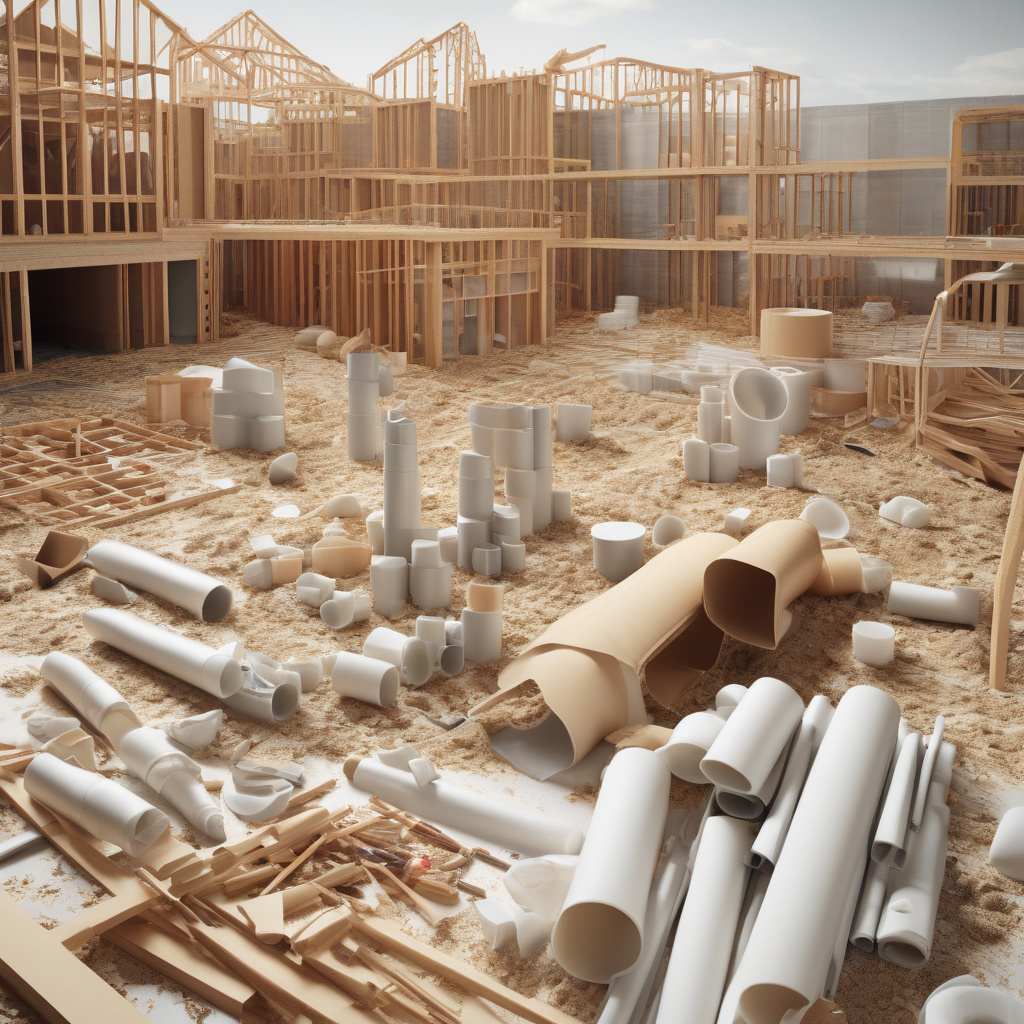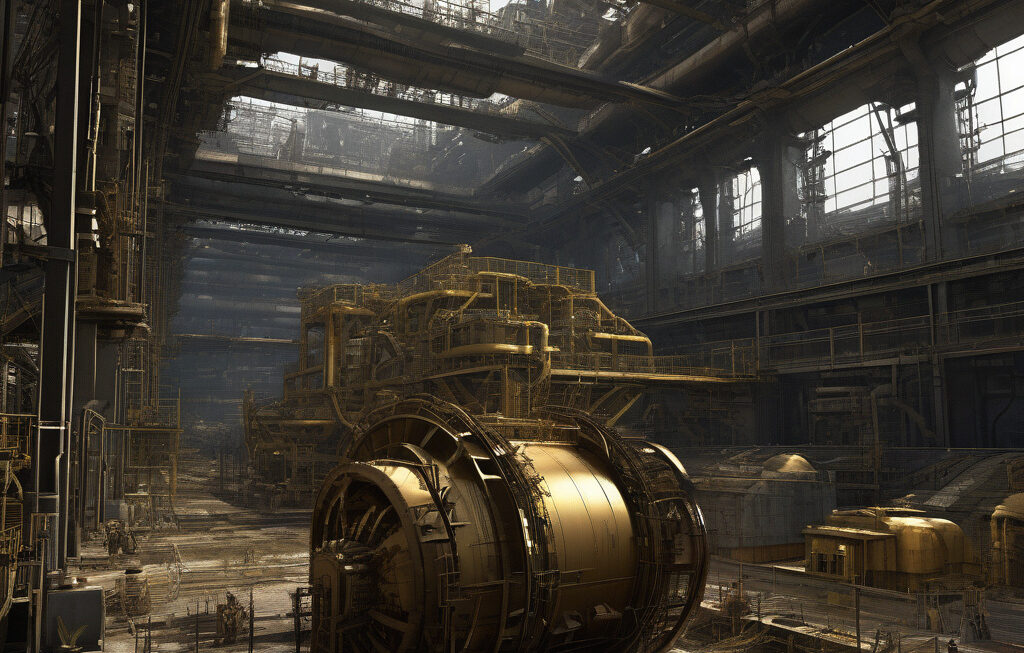The Hidden Truth About Plastic in Construction
Rising plastic pollution, construction emissions, and an industry hungry for cheaper, lighter materials have collided in recent years, leading to a significant uptick in the use of plastic in construction. While the incorporation of plastic elements in building projects might seem like a modern and innovative solution, there are crucial aspects to this trend that are often overlooked or downplayed. In this article, we will delve into what they’re not telling you about the increasing reliance on plastic in the construction industry.
One of the primary issues with the pervasive use of plastic in construction is its environmental impact. Plastic pollution has already reached alarming levels across the globe, with landfills overflowing and oceans becoming dumping grounds for plastic waste. By introducing more plastic into the construction sector, we are further exacerbating this crisis. The production of plastic materials generates a substantial amount of greenhouse gas emissions, contributing to climate change and environmental degradation. Therefore, despite the short-term benefits of using plastic for construction, the long-term consequences could be dire for the planet.
Moreover, the durability and longevity of plastic in construction are often misleading. While plastic is promoted as a durable and low-maintenance material, its ability to withstand the test of time is questionable. Exposure to harsh weather conditions, UV radiation, and general wear and tear can cause plastic components to degrade rapidly, leading to structural issues and the need for premature replacements. This not only adds to the overall cost of construction projects but also increases the amount of plastic waste generated in the process.
Additionally, the health implications of using plastic in construction cannot be ignored. Many plastic materials contain harmful chemicals such as phthalates, BPA, and PVC, which can leach into the environment and pose risks to human health. When these chemicals are released into the air or water, they can contaminate ecosystems and potentially harm both construction workers and occupants of the buildings. As awareness of the negative health effects of plastic exposure grows, the construction industry must prioritize the use of safer and more sustainable alternatives.
Despite these challenges, there are promising developments in the realm of sustainable construction materials that offer viable alternatives to traditional plastic products. For instance, biodegradable plastics made from renewable sources such as cornstarch or sugarcane are gaining traction as eco-friendly options for construction projects. These bio-based plastics decompose more easily than their conventional counterparts, reducing the environmental impact of construction activities.
Furthermore, innovative companies are exploring the use of recycled plastics in construction to minimize waste and promote a circular economy. By repurposing plastic waste into building materials such as bricks, insulation, and roofing tiles, these initiatives not only divert plastic from landfills but also reduce the demand for virgin plastic production. This closed-loop approach to plastic in construction shows that sustainability and innovation can go hand in hand.
In conclusion, while the prevalence of plastic in construction may offer short-term benefits in terms of cost and convenience, the long-term repercussions cannot be ignored. It is imperative for the construction industry to prioritize sustainability, durability, and safety when choosing materials for building projects. By investing in eco-friendly alternatives and embracing a circular economy mindset, we can build a more resilient and environmentally responsible future for the construction sector and beyond.
plastic, construction, sustainability, innovation, eco-friendly












